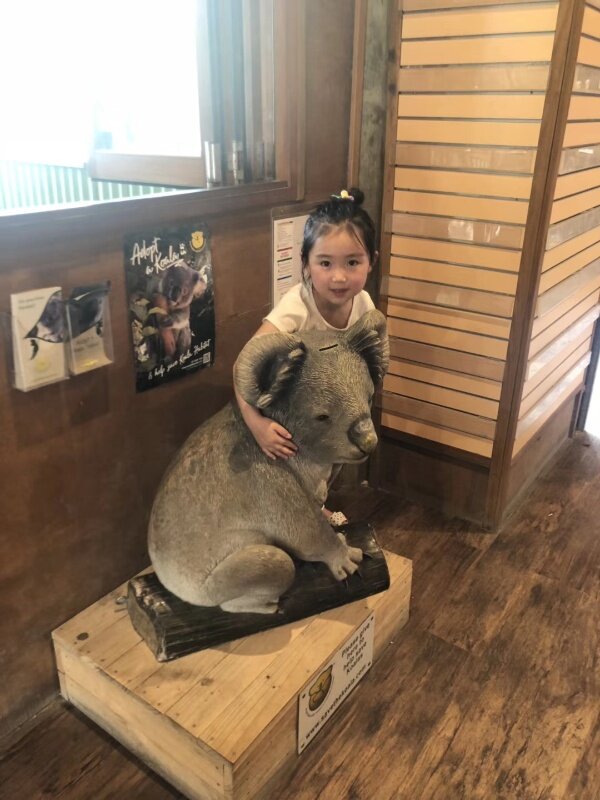In response to the 2019 bushfires, we will plant a tree with every new piano sold.
I’m sure you don’t need to be reminded about how hard the last few months have been for Australia’s koala population. Although we have it easy down here in Melbourne and our shop is not engulfed in toxic smoke like so many businesses on the East coast, we are still horrified to read about what has been happening in recent months.
When Ginger’s 5-year-old daughter Zoe was asked if she cares about koalas, the immediate response was a big face-splitting grin and an enthusiastic “YES”. So we figured we’d better keep her happy and (although it’s only a small gesture considering the unfathomably large scale of terrible climate changes happening around us) we have decided that for each new piano sold from December 2019 we will be donating to the Australian Koala Foundation for them to plant a Eucalyptus tree at the Quinlan’s sanctuary.
In response to the Australian climate disaster, we will plant a tree with every new piano sold.
We’re stretched very thin at the moment with Christmas almost upon us, but as soon as things quiet down over here, I’ll update this post with more information, and most importantly: cute koala photos!
If you have any thoughts or feedback for us then we would love to hear from you. Please feel free to contact us or write a comment below.











